
Enter Montenegro’s medieval old town of Kotor, wedged between craggy mountains in the corner of a breathtaking, secluded bay off the Adriatic Sea, and it’s not the centuries-old stone walls you’ll notice first. Nor is it the handsome 1602 baroque-style clock tower or the Venetian, cafe-strewn main square. It won’t be San Giovanni castle spied far in the distance or even the rugged limestone cliffs of Mount Lovcen that hover above.
No, the first thing you’ll notice in Kotor are all the cats. Hundreds to be a little more precise. Weave between the old town’s medieval maze of museums, shops, bars and restaurants and a bowl of biscuits can be found on many street corners, often accompanied by a posse of well-fed felines.
That’s because here in Kotor – one of Montenegro’s most popular and picturesque destinations – cats bring you luck. Or so says Oxana Troshina, Kotor resident and owner of Cats of Kotor, the first cat-themed souvenir shop to open its doors in the old town back in 2012.
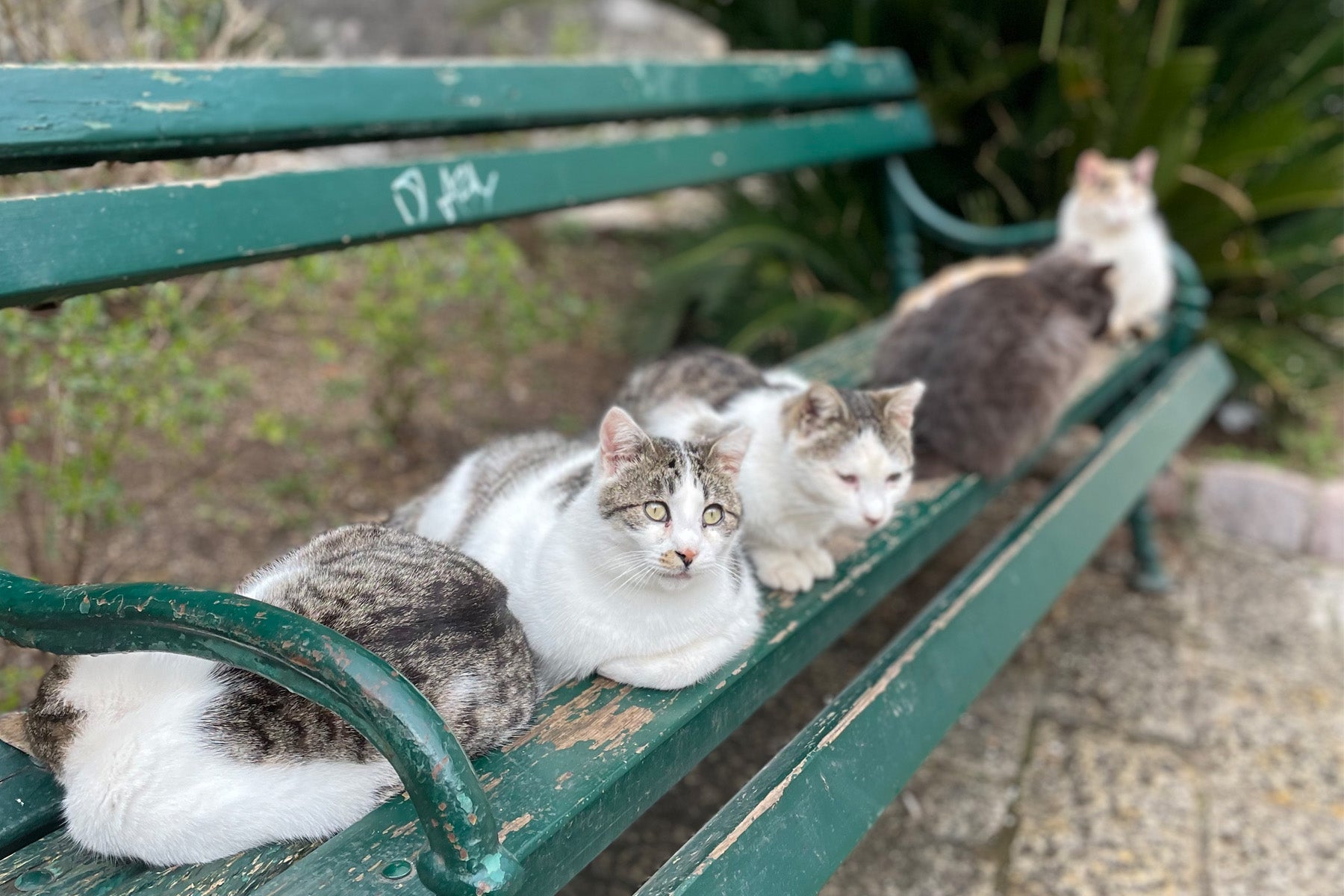
More than 10 years later and many more cat-devoted shops have followed suit, with the addition of a dedicated cat museum, which says they feed the feline population with some of their profits. This is one of the many ways cats get their food and board in Kotor, with a network of residents sharing the responsibility – particularly in the colder winter months when the cats are invited inside homes, says Oxana.
“Cats are a sign of good luck,” she adds. “Many old people in Kotor will tell you they have always loved cats. Even many years ago, maybe the middle of the 20th century, all their doors would have [cat flaps] especially for the cats so these guests can always come in the house.”

Theories for how this obsession developed are up for discussion. After surviving wars, sieges and earthquakes – including one that devasted Kotor 44 years ago this April – some believe cats have helped to save the town over the years.
Read more on Montenegro travel:
Others say the lucky charms were brought to Kotor by sailors, who docked their feline-filled ships in the Bay of Kotor during a revolt by the Austro-Hungarian navy in 1918 known as the “Cattaro mutiny” – coincidently (or maybe not) Kotor was historically known as the Italian “Cattoro”, from when the city was once under Venetian rule.
“Kotor was built by the Venetian Republic and the symbol of the Venetian Republic is a lion, so they have always been respected,” Oxana adds, referring to the patron of Venice, the Lion of Saint Mark.
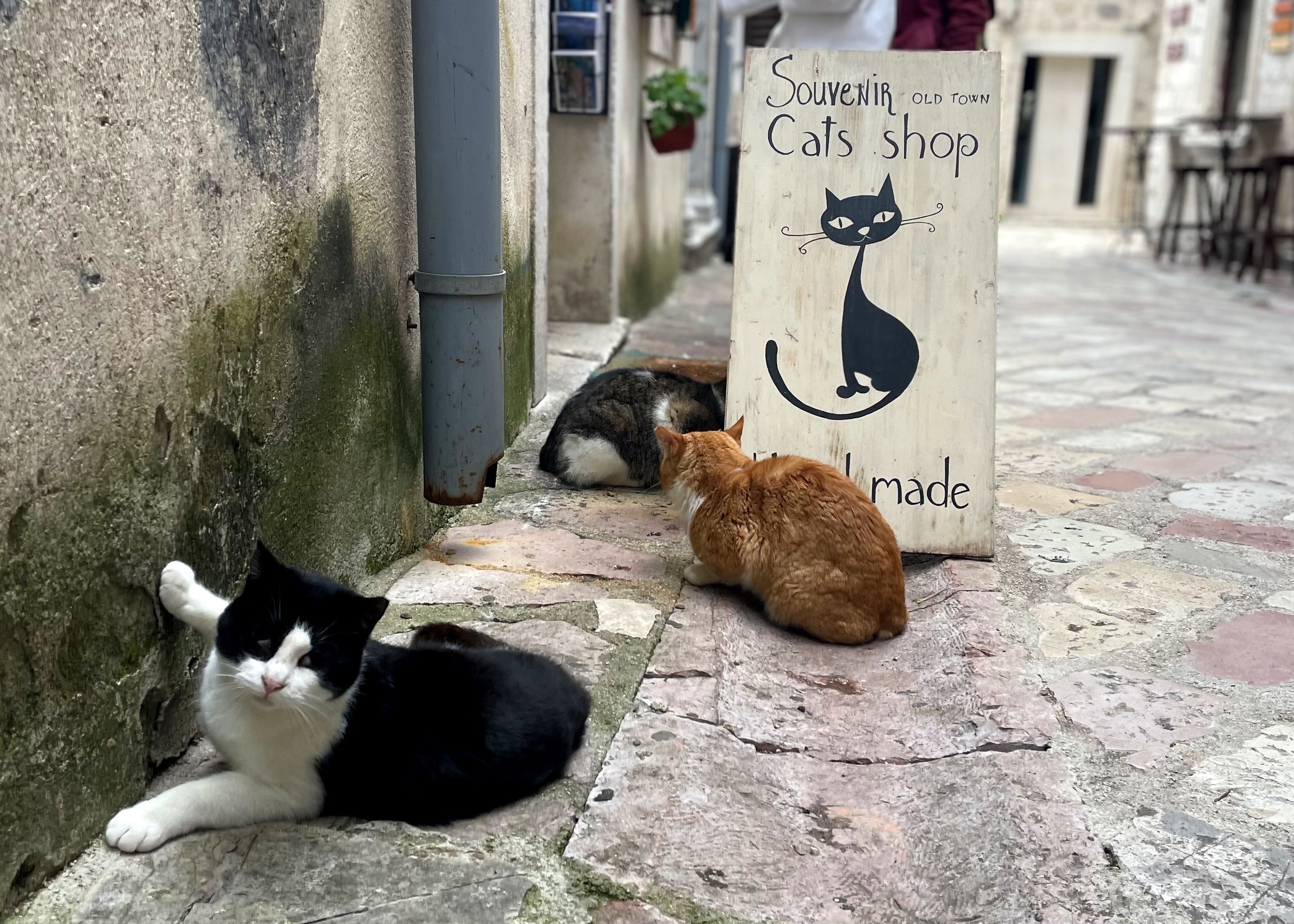
Charity Kotor Kitties also helps to feed and medicate stray cats. Set up by visiting tourists in 2018, the group launched a spaying and neutering programme in an attempt to cut back on the overpopulation of street cats in the area. In 2022, they registered as a Montenegrin charity and since founding have raised funds to neuter 8,862 cats (as of April 2023).
“It is essential to keep the population of the street cats at a level where they can live in good health with enough food and medical resources to survive,” a Kotor Kitties spokesperson says. “A cat population which is unchecked is more susceptible to disease and food resources can be scarce.”
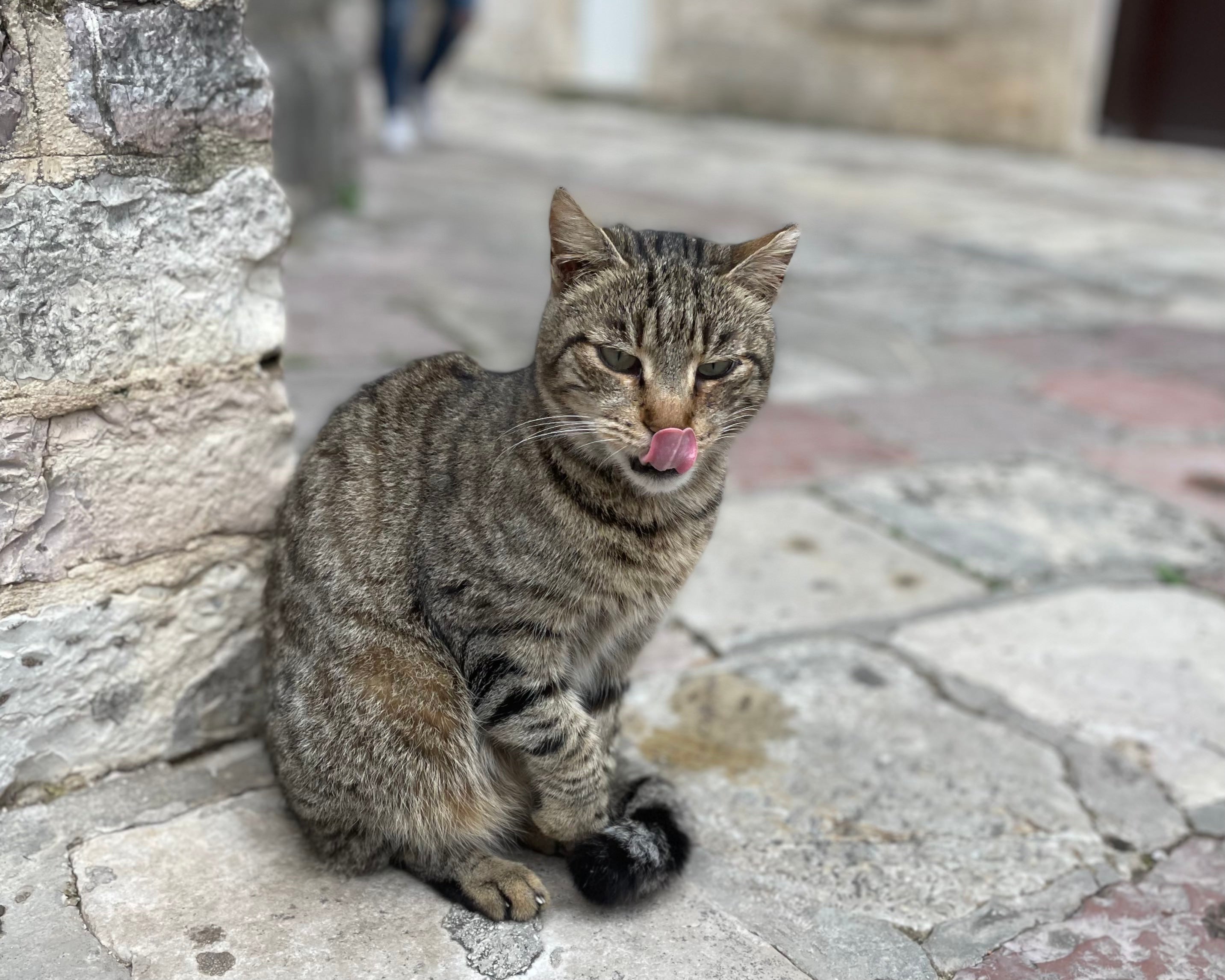
Those eager to explore everything else Kotor has to offer won’t be disappointed, either. The old town is entered through a magnificent, pink-tinged stone sea gate, which forms part of the wider Venetian fortification that dates back to the 12th century. This includes San Giovanni castle, which is perched 280m above sea level at the top of a mountain, overlooking the old town. Hike up for views of Kotor’s royal blue and turquoise bay.
An untapped destination for both its local food and wine, most restaurants are stocked with homegrown produce and fresh seafood that’s caught daily from the surrounding coastline. Try their traditional garlic-stuffed squid, served up with Swiss chard and potatoes and a bottle of house red, with the region best known for its Vranac grape variety that produces intense and ruby-hued wines.
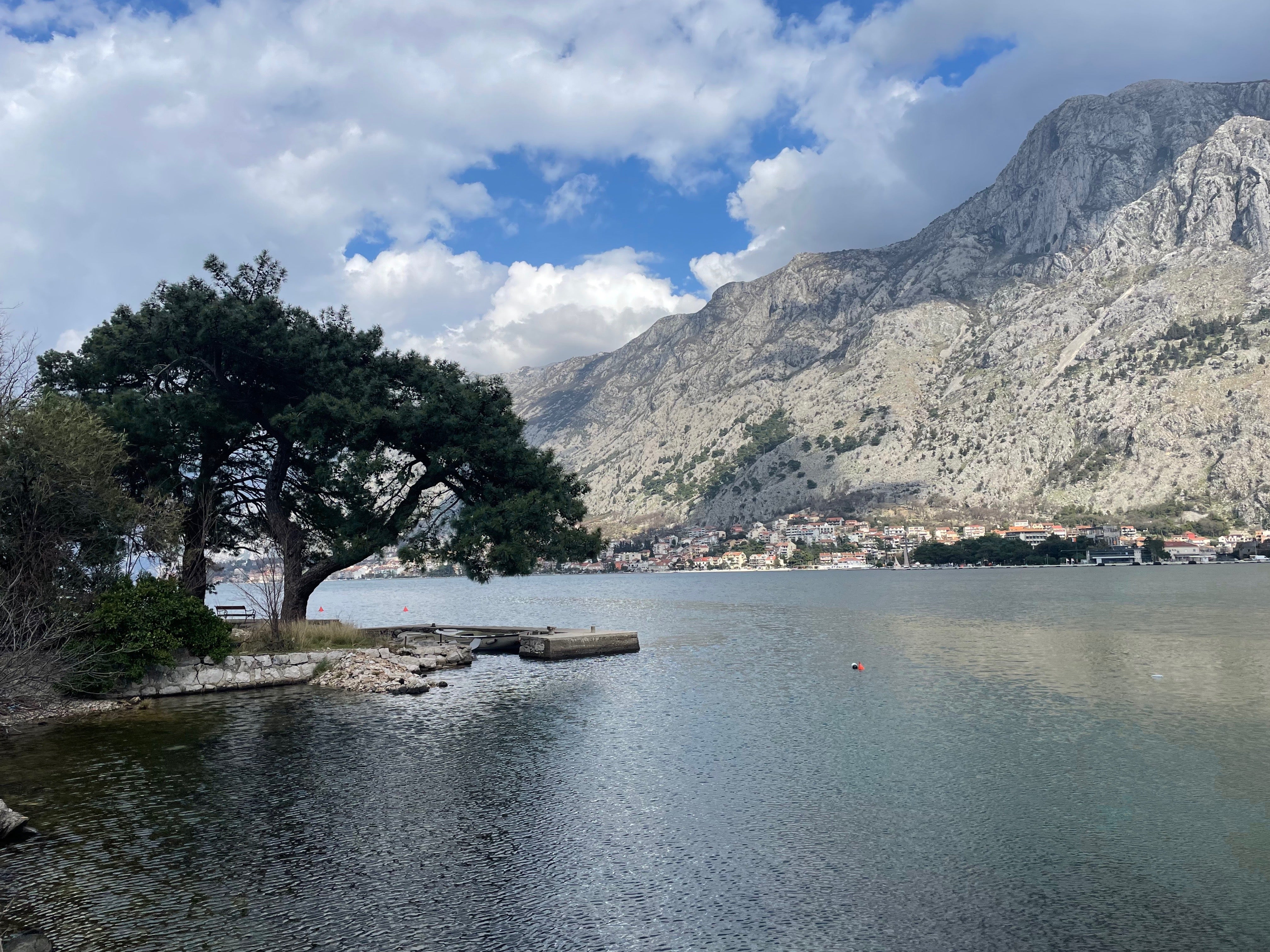
Amble along the stalls that line the entrance of the old town and try tasters of some of the arrays of smoky, cured meats and rich cheese on offer. Pots of dry fruits and nuts preserved in honey and bottles of their homemade walnut or cherry local rakija spirit will also likely be on sale.
For history buffs, Kotor’s old town also has double Unesco world heritage status (being part of both the natural and cultural-historical region of Kotor and the Venetian works of defence between the 16th and 17th centuries) and has one of the best preserved medieval old towns in the Adriatic. This, despite being badly damaged by the 1979 earthquake, explains Vlasta Mandic, an architect and local food expert who runs food tours in the region and who helped restore the old town.
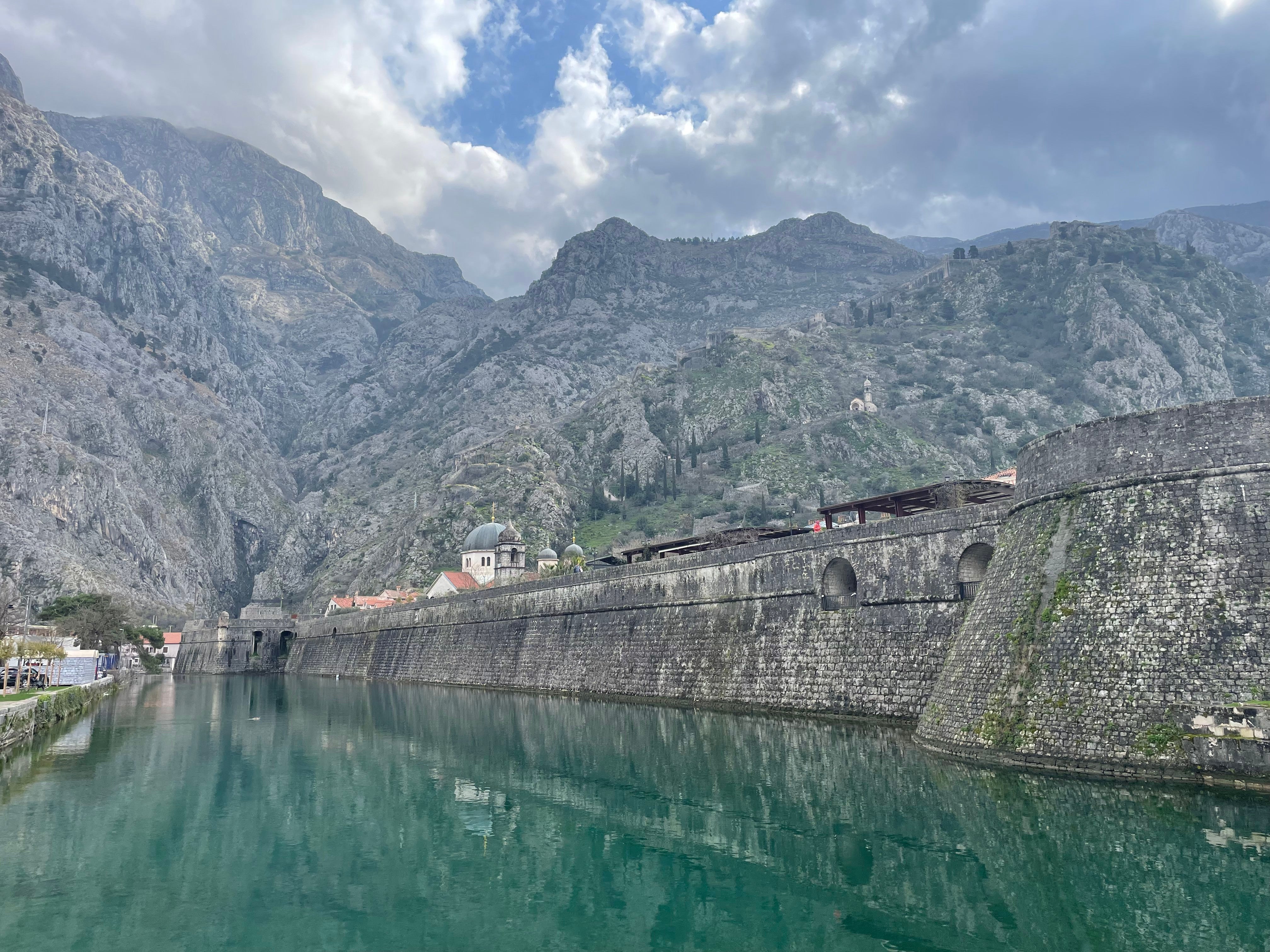
“After finishing my studies, I returned to Kotor. This was after 1979, just after the big earthquake,” she says. “I worked on the restoration of the old Kotor, which later became part of Unesco cultural heritage. My speciality was the reconstruction and adaptation of old stone buildings, as well as the creation of [some of] the interior and exterior and the horticulture.”
She too is a cat lover, naturally, speaking of how its residents bring happiness to the cats, having “lived together for centuries”. No doubt that while Unesco status will protect the town’s preservation for many years to come, Kotor’s cats will also be at hand to bring their own breed of luck and keep a watchful eye on its ancient lanes.
Read more of our Europe hotel reviews
Travel essentials
Getting there
EasyJet flies direct from London Gatwick to Tivat; Kotor is a half-hour drive from there.
Staying there
There’s a good selection of accommodation in and out of the old town. Rooms and apartments are available overlooking the main square such as Hotel Vardar.
Rooms available from{{#price}}{{price}}per night{{/price}}{{^price}}Check availability for dates and prices{{/price}}
Rates provided by Booking.com
More information
Foreign visitors must register at the tourist office and pay a tourist tax (charged at €1 per person per night) within 24 hours of their arrival.







